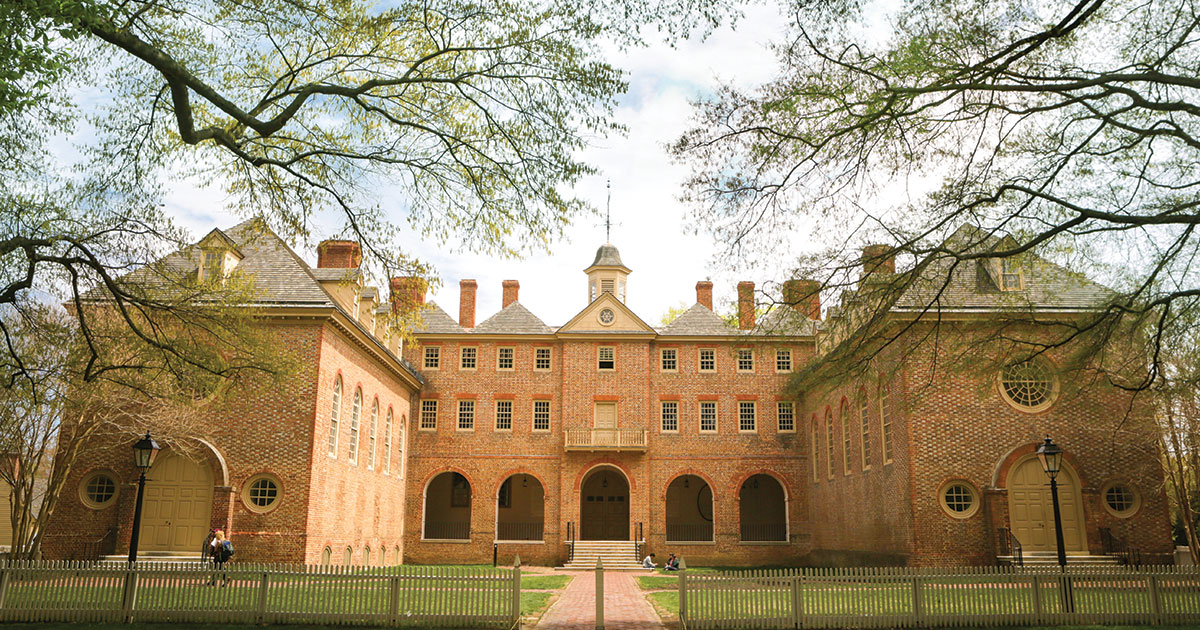W&M kicks off 50th commemoration with mural unveiling
For many generations of African-Americans, attending William & Mary was an impossible dream. Until the early 1950s, black students could not enroll at the university, and it would take nearly two more decades to break another barrier, when three fearless women became the first African-American students to live on campus.
Last week, William & Mary kicked off the 50th anniversary commemoration of the first African-American students in residence. Over 200 people attended the opening reception, held at Swem Library, to honor the three women, Lynn Briley '71, Janet Brown Strafer '71 and Karen Ely '71, who moved into Jefferson Hall in 1967.
“I have had the privilege of working closely with Lynn, Karen and Janet, and I can attest to their graciousness and have witnessed many of the qualities that helped them succeed at William & Mary,” said Jacquelyn McLendon, emerita professor of English and chair of the 50th anniversary committee.
President Taylor Reveley opened the ceremony by acknowledging the university’s difficult history.
“William & Mary’s long life is a source of strength and pride for us, but also a source of profound regret and sorrow that William & Mary was forbidden ground for so very long to so very many people,” said President Taylor Reveley. “We delight in honoring these path-breaking and path-finding women who made a remarkable difference in the life of the university.”
The event included the unveiling of a mural created by students, faculty, alumni and community members, which will be permanently displayed in Swem.
“We are greatly honored that the anniversary committee chose Swem Library to be the home of this important artwork,” said Dean of University Libraries Carrie Cooper. “Members of our campus community will have a space to sit and reflect on the university’s past while looking toward the future.”
The mural, “Lemonade: A Picture of America,” was created by visiting artist Steve Prince and participants in the summer “Workshop on Black Expressive Culture” course. It consists of three elements: painting, woodcuts and bronze masks.
Explaining the meaning behind the piece, Prince said, “We have the masks of the three women and the combined masks of the participants to represent that unity is much greater than the individual. Paintings of images that tell stories of the past, stories of the imagined future, stories of what took place on the day when three women entered William & Mary. The last part is the three women carved out of wood coming at you like mighty soldiers, saying ‘We are here.’”
For more on this story click here.

